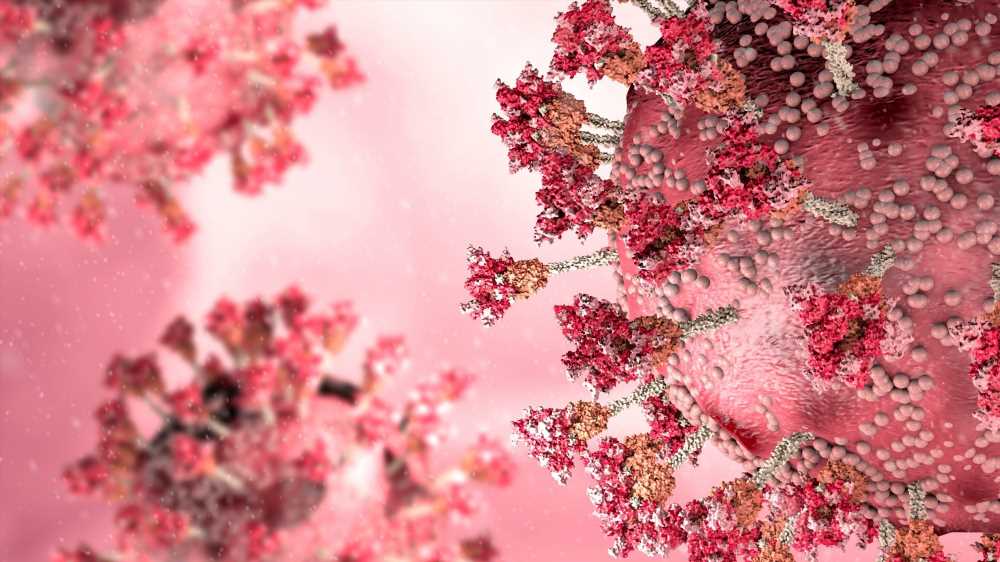In a recent study posted to the medRxiv* preprint server, researchers assessed the protection elicited after a severe acute respiratory syndrome coronavirus 2 (SARS-CoV-2) booster vaccination or a breakthrough infection against SARS-CoV-2 Omicron variant infection.

Background
Several coronavirus disease 2019 (COVID-19) vaccines have been produced and have proven to be highly effective in decreasing infections, hospitalizations, and mortality rates associated with SARS-CoV-2. However, diminishing vaccine-induced immunity suggests optimal protection after vaccination may be rather short-lived, with decreased efficiency documented between three and six months after the second immunization, resulting in the widespread utilization of booster vaccines. The huge expansion of third/booster messenger ribonucleic acid (mRNA) vaccinations, concurrent with a large number of breakthrough COVID-19 among individuals who were yet to be boosted, allows for examining their effect on antibody responses.
About the study
The present study examined the correlations between protection against SARS-CoV-2 Omicron BA.4/5 infections and anti-spike immunoglobulin (Ig)-G antibody courses following a third/booster vaccine or a breakthrough infection after a second vaccination.
The team employed information recorded between 17 May 2022 and 12 September 2022 to assess the connection between anti-spike antibody responses and protection against infection in a UK population where Omicron BA.4/5 variants were predominant. During this time span, 13,097 out of 19,311 sequenced infections belonged to the BA.5/sub-lineage, 2924 to the BA.4/sub-lineage, 3268 to the BA.2/sub-lineage, and 22 to either other Omicron recombinants or the Delta variant. To examine the correlations between protection elicited against infection due to Omicron BA.4/5 and the influence of prior infection, the immunized population was categorized into two cohorts: those who did and did not have any evidence of a previous SARS-CoV-2 infection.
Participants with a history of infection were then classified as pre-Alpha/Alpha-, Delta/Omicron BA.1-, or Omicron BA.2-infected. Using logistic generalized additive models (GAMs) for polymerase chain reaction (PCR) swab test results obtained after each study visit, the team estimated the latest antibody measurement collected 21 to 59 days prior as the predictor.
Results
Protection observed against SARS-CoV-2 Omicron BA.4/5 infection improved with greater antibody levels across all cohorts; the rise was quick for anti-spike IgG and then leveled off afterward. Those without prior infection required higher antibody responses to attain the same protection level as those with prior infection. Delta/Omicron BA.1 infection conferred greater protection against BA.4/5 infection than pre-Alpha/Alpha infection at the same antibody level.
Over 80% of subjects were protected against Omicron BA.4/5 infection after a prior Omicron BA.2 infection, irrespective of antibody levels. Protection against infections with moderate to high viral load and symptomatic illness was comparable. To achieve the same amount of protection, older participants, particularly those aged 70 years and above, needed greater antibody levels. There were fewer differences between younger and older individuals having a history of infection. Time since the last vaccination or infection had a minor effect on the findings indicating that the variant, and not the time since infection, was the primary predictor of differences between individuals with past pre-Alpha or Alpha, Delta or Omicron BA.1 as well as BA.2 infections.
The team also evaluated the duration between a third/booster vaccination or illness and the mean antibody levels attaining levels associated with 67% infection prevention. On average, younger individuals produced higher antibody levels almost 42 days after booster vaccination than older individuals, except for those who received the BNT162b2 in the primary course and mRNA-1273 as the booster vaccine. The delay between the second vaccine and a breakthrough infection or a BNT162b2 booster vaccination, not an mRNA-1273 booster, was associated with elevated antibody levels. Other participant characteristics had relatively minor effects.
The BNT162b2 booster vaccine did not offer the threshold level of protection to persons older than 55. Antibody levels attained the threshold of 67% protection 60 to 70 days following the BNT162b2 booster for those aged 40 years, compared to 80 to 100 days for those who received the mRNA-1273 booster. The mRNA-1273 booster did not give 67% protection at any time for those aged 70 years who were vaccinated with the ChAdOx1 primary course versus 60 days for those vaccinated with the BNT162b2 primary course. Antibody levels linked with 67% protection sustained 140 to 170 days with a ChAdOx1 primary course and 180 to 315 days with a BNT162b2 primary course for participants with a breakthrough infection.
Approximately 42 days post-booster vaccination with the mRNA-1273 and BNT162b2 after a ChAdOx1 primary course, 60% and 100% of individuals aged between 40 and 55 years, and 90% and 20% of those aged between 55 and 70 years exhibited antibody levels corresponding to 67% and higher levels of protection. After receiving the BNT62b2 primary vaccines, over 80% of those aged less than 55 years who had received the BNT162b2 booster and almost mRNA-1273 booster vaccinees exceeded the threshold level around 42 days after booster vaccination.
After 90 days, nearly every participant who was boosted with BNT162b2 exhibited protection of less than 67%. In contrast, over 90% of those younger than 55 years and 50% of those aged between 55 and 70 years with an mRNA-1273 booster maintained protection above the threshold. After 90 days, nearly every participant who was boosted with BNT162b2 exhibited less than 67%. In contrast, over 90% of those younger than 55 years and 50% of those aged between 55 and 70 years with an mRNA-1273 booster maintained protection above the threshold.
Overall, the study findings showed that breakthrough SARS-CoV-2 infection elicited longer-lasting protection against subsequent infections compared to booster vaccinations, despite the fact that both booster vaccinations and breakthrough infections result in a significant increment in anti-spike IgG antibody levels, irrespective of the booster vaccine type and the primary vaccine course.
*Important notice
medRxiv publishes preliminary scientific reports that are not peer-reviewed and, therefore, should not be regarded as conclusive, guide clinical practice/health-related behavior, or treated as established information.
- Jia Wei, Philippa C Matthews, Nicole Stoesser, et al. (2022). Correlates of protection against SARS-CoV-2 Omicron variant and anti-spike antibody responses after a third/booster vaccination or breakthrough infection in the UK general population. medRxiv. doi: https://doi.org/10.1101/2022.11.29.22282916 https://www.medrxiv.org/content/10.1101/2022.11.29.22282916v1
Posted in: Medical Science News | Medical Research News | Disease/Infection News
Tags: Antibody, Coronavirus, Coronavirus Disease COVID-19, covid-19, immunity, Immunization, Immunoglobulin, Mortality, Omicron, Polymerase, Polymerase Chain Reaction, Respiratory, Ribonucleic Acid, SARS, SARS-CoV-2, Severe Acute Respiratory, Severe Acute Respiratory Syndrome, Syndrome, Vaccine

Written by
Bhavana Kunkalikar
Bhavana Kunkalikar is a medical writer based in Goa, India. Her academic background is in Pharmaceutical sciences and she holds a Bachelor's degree in Pharmacy. Her educational background allowed her to foster an interest in anatomical and physiological sciences. Her college project work based on ‘The manifestations and causes of sickle cell anemia’ formed the stepping stone to a life-long fascination with human pathophysiology.
Source: Read Full Article
